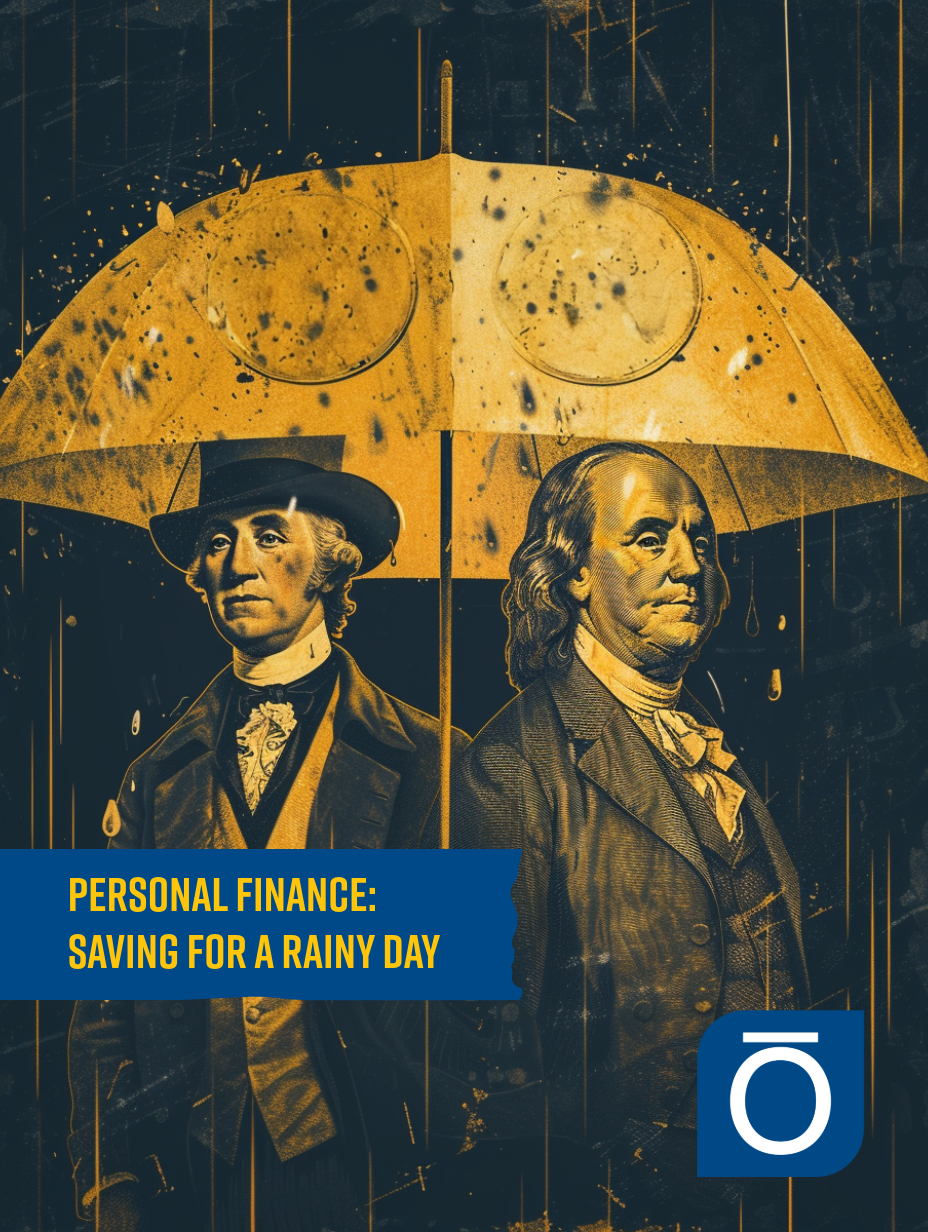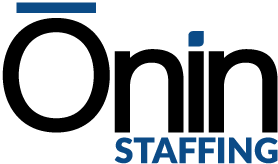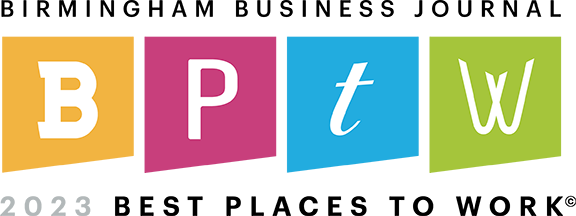
A “rainy day” can come in many forms: an unexpected car repair, a sudden medical bill, or even a job loss. For many, especially those in the light industrial sector, the thought of saving for such unforeseen events can seem daunting, if not impossible. But with the right approach and mindset, building an emergency fund is not only achievable but can also provide a sense of security and peace of mind. Here’s how you can start and grow your emergency fund, tailored to meet the needs and realities of our hardworking community.
Understand Your Why
Before diving into the how, it’s crucial to understand the why. An emergency fund acts as a financial safety net, designed to cover unexpected expenses without the need to incur debt. It’s the foundation of personal financial stability, allowing you to navigate life’s surprises with confidence.
Start Small, but Start Now
The journey of a thousand miles begins with a single step, and the same goes for saving. Begin with a small, achievable goal—think $100 or $500. This initial target should be something you can reach relatively quickly, providing a motivational boost and setting the stage for more substantial savings.
Automate Your Savings
One of the most effective strategies for building savings is to make the process automatic. Set up a direct transfer from your checking to your savings account right after each payday. Even a small, consistent amount can grow significantly over time, and by automating the process, you’re less likely to miss the money.
Find Your Spare Change
For many, it may feel like there’s barely enough to get by, let alone save. However, most of us can find areas to cut back with a bit of scrutiny. Review your expenses and identify non-essential items that you can reduce or eliminate. It could be as simple as making coffee at home instead of buying it or opting for more affordable entertainment options.
Leverage Windfalls Wisely
Any unexpected income—be it a tax refund, a bonus from work, or even a gift—provides a golden opportunity to bolster your emergency fund. Resist the temptation to spend this “extra” money; instead, channel at least a portion of it directly into your savings.
Keep It Accessible but Separate
Your emergency fund should be easily accessible, but not too easy. Consider keeping it in a separate savings account, one that’s not linked to your debit card. This setup provides a psychological barrier against impulsive withdrawals for non-emergencies.
Scale Up Gradually
As your initial savings goal is met, don’t stop there. Gradually increase your target and your savings contributions. Over time, aim to have enough to cover three to six months of living expenses. While this amount might seem daunting, remember that every little bit adds up, and consistency is key.
Stay Disciplined but Flexible
Life is dynamic, and so should be your approach to saving. Periodically review your budget, savings goals, and emergency fund to ensure they align with your current financial situation and needs. Adjustments may be necessary, but the core principle remains the same: prioritize your emergency fund.
Celebrate Milestones
Recognize and celebrate when you reach your savings milestones. These celebrations don’t have to be expensive; the goal is to acknowledge your progress and reinforce the habit of saving. This positive reinforcement can be incredibly motivating.
Educate Yourself
Knowledge is power, especially when it comes to personal finance. Take advantage of free resources to learn more about budgeting, saving, and managing money. The more you know, the better equipped you’ll be to make informed decisions about your finances.
Seek Professional Advice When Needed
If you find yourself overwhelmed or unsure about how to proceed, don’t hesitate to seek advice from a financial advisor. Many community organizations offer free or low-cost financial counseling services.









